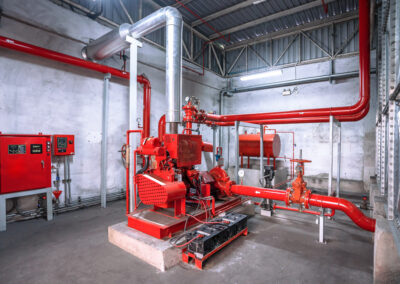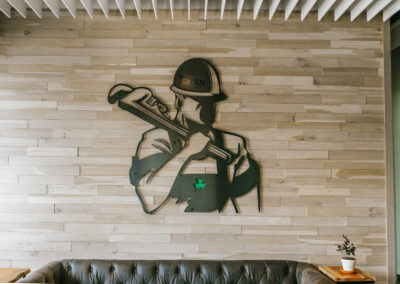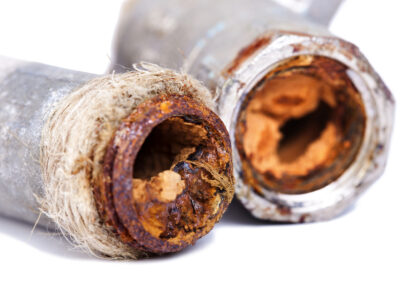5 Signs You Need to Upgrade Your Fire Protection System Before Winter
Preparing your fire protection system for colder temperatures isn’t something you want to leave to the last minute. Water-based systems can freeze, heating equipment adds fire risks, and building changes throughout the year can affect system performance. That’s why it’s important to assess your system well in advance of winter, no matter what time of year it is.
Here are five signs your system might need an upgrade before temperatures drop.
1. Your System is Overdue for an Update
If your fire protection system is more than 20 years old, chances are it’s missing key updates in both technology and code compliance. Even if it still functions, older systems may not detect threats as quickly or provide the coverage today’s standards require. An upgrade helps ensure you’re protected with the latest in reliability and response.
2. Your Building Has Changed, but Your System Hasn’t
Office renovations, layout adjustments, or new equipment installations can all affect how fire behaves and how your system needs to respond. If your space has evolved but your fire protection hasn’t kept pace, it could mean gaps in coverage or outdated device placement that no longer meets your needs.
3. You’ve Experienced Frequent False Alarms or Trouble Signals
Nuisance alarms or persistent system issues often point to failing components or improper configuration. These aren’t just inconvenient, they’re a red flag that your system may not respond properly in a real emergency. If troubleshooting keeps recurring, it might be time for a broader upgrade.
4. Your Water-Based Systems Aren’t Protected Against Freezing
Any sprinkler or fire suppression system with exposed piping, especially in unconditioned spaces, is vulnerable to freezing and potential pipe bursts. If your building has unheated areas like attics, stairwells, or exterior connections, make sure your system is properly insulated or consider switching to dry or pre-action alternatives.
5. You Haven’t Built Fire Protection into Your Seasonal Maintenance Routine
Whether you’re planning for colder weather or simply looking to improve reliability year-round, fire protection should be part of your regular facility maintenance strategy. If it’s not currently on your radar, or it’s been a while since your last full evaluation, it’s a good indicator that your system might be due for updates.
We’re here to help
If you’re unsure whether your system is up to date, or simply want a second set of eyes, our team is here to help. A quick assessment now can save time, cost, and stress down the road. Reach out any time to start the conversation.


